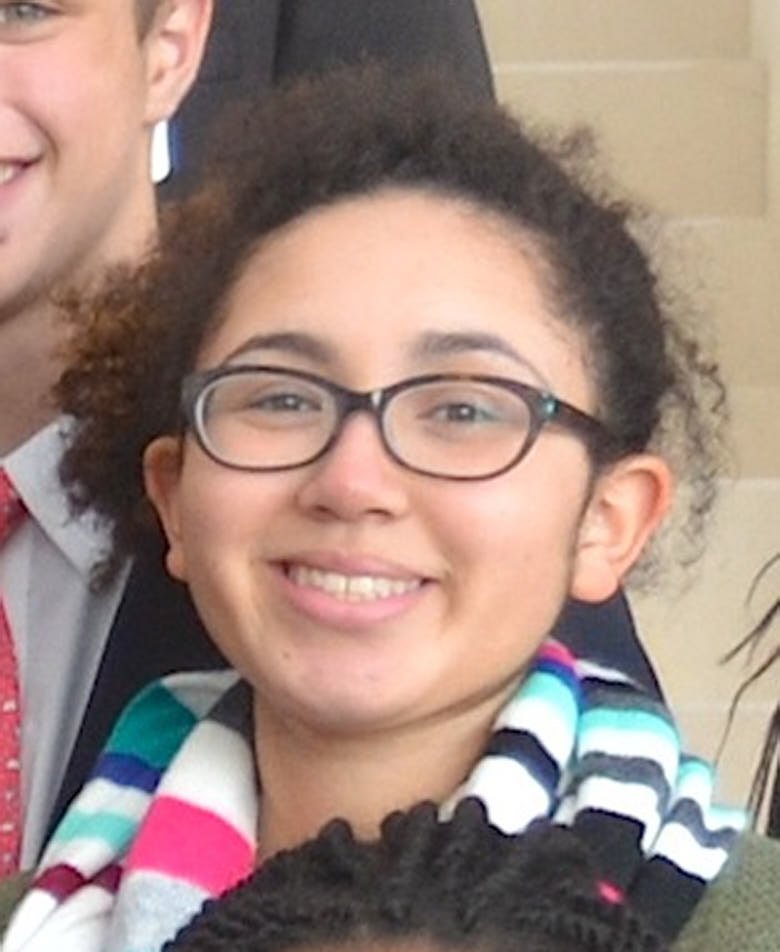A Day at Arlington Cemetery
The wind blew through my thin jacket as the sounds of rustling grass, chirping birds, and heavy silence filled the air. I didn’t think that silence had a sound but it does at a cemetery. It presses in on you and it fills your head and suddenly it’s harder to talk louder than a whisper. It’s the sound of peace, which is ironic because we were standing at Arlington Cemetery, which is reserved for those who died serving their country.
But what does it mean to serve your country? Is that sacrifice? Does it mean you’re a patriot? What’s the best way for the United States to utilize their military?
The 24 of us were split into groups of four and given two hours to ponder a question related to patriotism and serving our country. Each group was assigned a different question and a map marked with a unique path through the cemetery. My group was energetic at first, but as we wound our way through the infinite sea of white graves, we grew somber and quiet.
Our first stop was Medgar Evers’ grave. He was a civil rights activist, one that I’d heard of before. I’d heard his story in school from my teachers, from my parents, from my grandparents. But standing in front his grave, which was set about fifteen feet away from the uniform rows of white headstones, made him feel less like a historical character and more human. We stayed in front of his grave and discussed our prompt: “What does it mean to serve one’s country?” We collectively agreed that it meant more than just fighting in the military; being a politician or civil rights activist could work, too.
After our visit to Medgar Evers’ grave, we visited John F. Kennedy’s gravesite, where the rest of his family was also buried. On our way there we asked ourselves if we would ever join the military, and if there was a cause we would kill for. This was a question we didn’t agree on. There was a small, controlled fire in the middle of Kennedy’s memorial called the “eternal flame.” In quiet voices we noted the fact that Robert Kennedy’s grave was a ways away from other graves and wondered if he had died in service.
As we walked to the air and space memorials, we passed the tomb of the Unknown Soldier and were lucky enough to catch the changing of the guard. It was dead silent as the guards held their guns and marched in time. It was fascinating and scary at the same time – because is that what it means to serve your country? Is it walking the same lines every day and blindly following tradition and orders? I didn’t know then and I don’t know now, but it is something I still think about.
Next we headed to the 9/11 memorial, where we wandered through the endless expanse of white headstones, each bearing a name, a life, a possibility. We stopped and stood under a tree, and I blurted out that if I were at the cemetery by myself I would want to lay on the ground and touch the grass and just feel the energy of the cemetery. My group encouraged me to go ahead and so I sat down and ran my fingers through the blades of grass, hearing the silence. For a few minutes we stayed in the same spot seeing the busy lights and cars of DC in the distance and the graves around us.
And suddenly I felt at peace. I still didn’t really know what it meant to serve your country or if it was worth it in the first place but I realized that everyone buried in Arlington had his or her own reason for serving the country and saw something that had made it worthwhile. I wondered if I would ever find a cause that would make me do the same.
All in all, it was a day full of reflection, thought and learning – luckily, that’s the norm here at SEGL.
